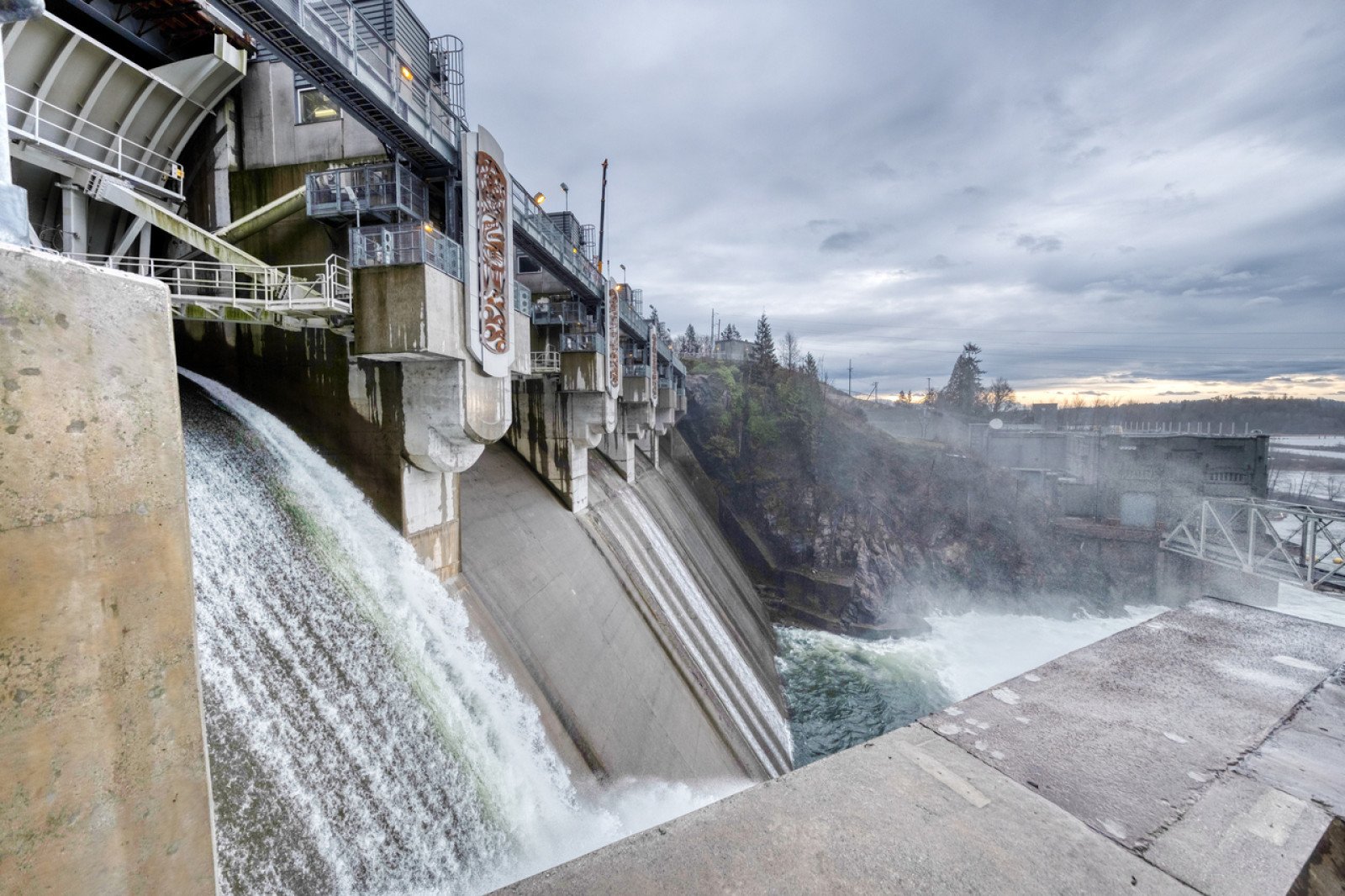
Overview
In this Thought starter, your students will evaluate the role of gravity in five methods of generating electricity. After making an initial conjecture, they'll consider what's directly observable and what can be inferred from sources describing each method. Your students will use this evidence to revise their initial decisions about the importance of gravity. The activity concludes with the class determining the importance of gravity in providing future sustainable sources of energy.
Instructions
What you'll need
- "Assessing the importance of gravity" worksheet (one for each student)
- Energy handouts (one for each group)
- "Nuclear energy" handout
- "Geothermal energy" handout
- "Wind energy" handout
- "Hydro energy" handout
- "Solar energy" handout
- Organize your students into small groups. Provide every group with a copy of each of the energy handouts, and each student with a copy of the "Assessing the importance of gravity" worksheet.
- Guide students’ attention to the worksheet and ask them to use the fulcrum to indicate how important gravity is in each of the methods of generating electricity. Briefly explain that a lever tipped down to the left image suggests very important, while tipped down to the right suggests unimportant.
- Remind students that a lever could also be drawn at any point between those two positions.
- Invite groups to share their initial decisions and thinking with the class.
- Briefly explain that the challenge of this activity is to use scientific evidence information to decide if gravity plays a role in the generation of the electricity and if so, how important it is to the generation. Encourage students to use their understanding of physics to identify details that may be directly observable or inferred from the handouts. Prompt your students to note any applicable details in the middle column of their worksheet.
- Invite groups to use their observations and inferences to affirm or revise their initial decision about the role of gravity in each method of electricity generation. Prompt groups to note their decisions in the right-hand column of their worksheet.
- Encourage groups to share their decisions and thinking with the class. As groups share, ask your students why gravity is considered to be a fundamental force.
- To conclude the activity, ask your class to consider the importance of gravity in the future of sustainable sources of electricity: how important of a role might gravity play in developing sustainable sources of energy?
- Encourage students to use the evidence gathered in this activity when making a final assessment.
Modify or extend this activity
Extension
- Invite students to create their own handout and assess the importance of gravity in another form of electricity generation such as tidal power, natural gas, or coal.
Modification
- Consider assigning each group one form of electricity generation to modify the amount of information students need to examine.
Curriculum Fit
Physics 12
Big idea
- Forces and energy interactions occur within fields
Content
- Gravitational field and Newton’s law of universal gravitation
- Gravitational potential energy
Curricular competencies
Questioning and predicting
- Demonstrate a sustained intellectual curiosity about a scientific topic or problem of personal, local, or global interest
- Make observations aimed at identifying their own questions, including increasingly abstract ones, about the natural world
- Formulate multiple hypotheses and predict multiple outcomes
Processing and analyzing data and information
- Construct, analyze, and interpret graphs, models, and/or diagrams
- Use knowledge of scientific concepts to draw conclusions that are consistent with evidence
- Analyze cause-and-effect relationships
Evaluating
- Demonstrate an awareness of assumptions, question information, and identify bias in their own work and in primary and secondary sources
Communicating
- Communicate scientific ideas and information, and perhaps a suggested course of action, for a specific purpose and audience, constructing evidence-based arguments and using appropriate scientific language, conventions, and representations
Assessments
Throughout the activity, consider how well you students:
- Apply their understanding of gravity when making decisions.
- Recognize the importance of science in adopting thoughtful and reasonable positions on environmental issues.
- Are able to self-correct and extend their thinking from the beginning to the end of the activity.
- Pay close attention to appropriate details.
- Use relevant scientific terminology correctly to support their decisions and conclusions.






